Roger Kemp – one of Australia’s most significant, yet least celebrated artists Roger Kemp (1908-1987) was never a great self-promoter, nor was he an artist in a hurry. He was thirty-seven years old before he held his first solo exhibition (by then he had been painting for sixteen years); he did not travel abroad until he was fifty-eight; he was nearly seventy when he first tasted economic success in exhibitions at the Realities Gallery in Melbourne and when he turned seventy, only then he was recognised by the National Gallery of Victoria with a retrospective exhibition. Over forty years later, the National Gallery of Victoria is holding a new retrospective exhibition, Roger Kemp: Visionary Modernist, which makes the defiant claim that Kemp is one of Australia’s most significant 20th century painters. This claim is not made verbally, but through the evidence of the presented work – it is bold, brilliant and visually and intellectually mesmerising. Kemp was born the son of a Cornish goldminer near the old mining town of Eaglehawk in central Victoria in 1908. Here he spent the first five years of his life before the family moved to Melbourne where, when he was twelve, his father was killed in a car accident. By the age of twenty-one, Kemp was attending evening classes at Melbourne’s Gallery School. These classes lasted for three years and after an unsuccessful attempt at studying commercial art at the Working Men’s College, Kemp was back at the Gallery School for another three years, this time studying fulltime under WB McInnes, Charles Wheeler and the elderly Bernard Hall. Later, Kemp mused on his schooling, “Probably I learnt a little, but only after having gone through various schools, and you move into the world of experience, that one achieves anything at all.” Kemp completed his studies in December 1935 and then retreated into the relative isolation of studio practice for the next decade. The following year, in 1936, Kemp encountered the touring Ballets Russes in Melbourne, where his love of music was reconciled with his love of art. The earliest pieces in this retrospective are from the 1930s and demonstrate his struggle with symbolic landscapes and dancing angular forms. From the outset, Kemp turned his back on cubist fragmentation and rationalist thought and like Kandinsky, Mondrian, Klee and Kupka, he sought in theosophy an alternative path in describing the visible and invisible worlds, which he interpreted as a single entity which was at one with music. Kemp was prolific and impulsive in his output. While maintaining a singularity in his expanding vision, he frequently worked on a heroic monumental scale in his paintings, drawings and in his late series of wonderful intaglio prints. Very early in life, he rejected figurative naturalism and embraced modernism. For him, it was a liberating force from the tyranny of literalness, rather than a rejection of reality itself. Many of Kemp’s paintings of the late 1940s and 1950s had spikey, schematic forms and could be interpreted as images of transition, expansion, flight and movement which incorporated a dimension of existential despair within a tight claustrophobic space. For about a decade, immediately following the war, Kemp produced a series of quite large metaphysical paintings, many untitled or in series, including Movement into space II and Extended forms of the 1950s. Many of these paintings were built on the idea of dynamic movement and created what James Gleeson termed a “highly original and distinctive style”. Kemp in his paintings employs a subdued palette favouring blues, greys and black, which heightens the nightmarish and sinister note in these works. It was only in the mid-fifties that Kemp introduced a number of formal strategies, such as the surface grid, through which to rhythmically organise the pictorial structures. His palette also gained in luminosity with a preference for a combination of singing vivid blues, reds and white set within a black armature, which equally brings to mind the great rose window of Chartres Cathedral and the paintings of Rouault. In a painting such as Organised forms, 1961, where Kemp is working in enamel paint against a hardboard surface, the gestural sweep of the marks is proportionate to the scale of his own body, with a structured scaffold keeping the abstracted figures in a finely balanced equilibrium. The painting was entered into the John McCaughey Memorial Art Prize, where the judge, John Brack, controversially awarded the prize to Kemp, the first time that it was awarded to a non-figurative work. Subsequently, Kemp was awarded the Darcy Morris and Albury Prizes in 1964 and in the following year, the Georges and the Transfield Prize and then the Blake Prize in 1968 and again in 1970. Kemp, in work of this period, frequently created dense patterns of symbolic emblematic forms built around what he termed the square of the masculine and the circle of the feminine, all of them pulsating and drifting within the surface film of the paint. Art critic Ronald Millar observed concerning this series of work: “His painting may seem to be devoid of reference to the human form but, in fact, it is based on the figure – his own in the beginning. The cruciform shapes one sees here (either tilted, abbreviated, cut into blocks or complete) are never at rest. A cross rotates around its own central point, and other crosses pivot and wheel and spin off as to make for themselves correspondences elsewhere in his symbolic universe. Each beginning of movement introduces other movements; each coloured variation looks for a sympathetic echo somewhere else in the canvas, finding it in a big circular travel around the back of the surface marks.” If one can refer to Kemp’s work as a form of mystical emblematic symbolism, then both in its execution and perception it is part of an intuitive meditative experience. Relativity is a key formal concept in his picture making, where each element relates to another and in this manner the whole becomes an endlessly expanding vision, but one which is somehow almost magnetically held together. Kemp once noted: “There are no stable points after the revolution so to speak; all are broken. The revolution let’s all free and there is some kind of relativity. It would appear to be chaos. We have no format at all to work in. It is up to man to discover and to go out looking for these various points – one here, one there”. Although numerically the new Kemp retrospective may be smaller than the 1978 show, the latter was spread throughout Melbourne at five venues with only about twenty paintings at the gallery itself. This said, I still wanted a couple of more rooms for the new display. Despite the dramatic lighting and black walls that make Kemp’s late works glow like gems of stained glass windows, the double hang does restrict the intimacy of viewing and personally I simply love the tactility of Kemp’s surfaces. This is a great exhibition by one of the true giants in twentieth century Australian art. Roger Kemp: Visionary Modernist, NGV Australia, Federation Square, Level 3, 22 Aug 19 – 15 Mar 2020, Open 10am–5pm daily [free admission]
4 Comments
29/8/2019 23:20:31
Roger Kemp was my mentor and friend for some years. He loved talking about his work and how everything is related, the cosmos, music. I met him through a mutual friend Guelda Pyke. He and Merle were so kind, I was always welcome. It was an honor to draw and paint Roger. Wonderful to see his works again and is a pleasure to read your blog. Thank you.
Reply
31/8/2019 08:20:08
‘Mystical emblematic symbolism’
Reply
Graeme H. Williams OAM
31/8/2019 09:16:09
Kemp exhibitions also concurrently being held at both Charles Nodrum Gallery and Eastgate for those tempted to purchase!
Reply
jenny kemp
31/8/2019 14:11:38
A terrific article full of real understanding and insight. Thank you, Jenny Kemp.
Reply
Your comment will be posted after it is approved.
Leave a Reply. |
GRISHIN'S ART BLOG
Sasha Grishin AM, FAHA is the author of more than 25 books on art, including Australian Art: A History, and has served as the art critic for The Canberra Times for forty years. He is an Emeritus Professor at the Australian National University, Canberra; Guest Curator at the National Gallery of Victoria, Melbourne; and Honorary Principal Fellow, Faculty of Arts, at the University of Melbourne. Archives
June 2024
Categories
Keep up-to-date with Sasha Grishin's blog with the RSS feed.
RSS offers ease of access and ensures your privacy, as you do not need to subscribe with an email address. Click here to download a free feed reader |

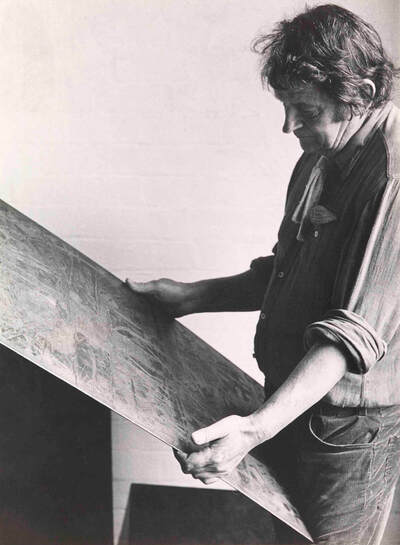

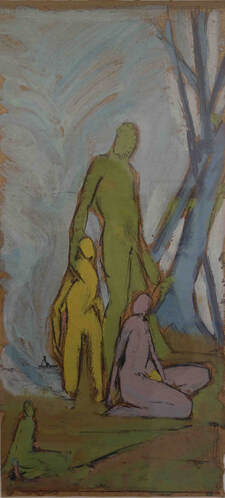

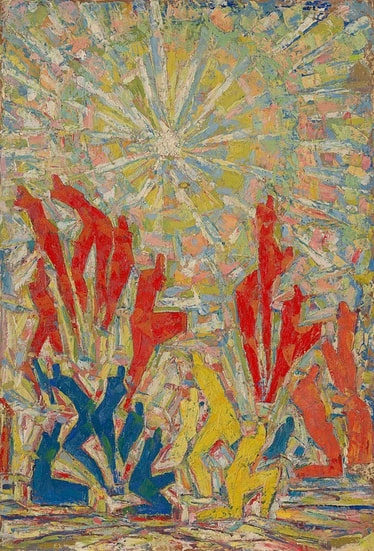
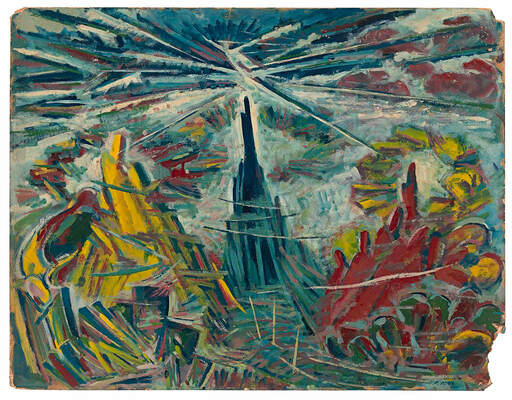
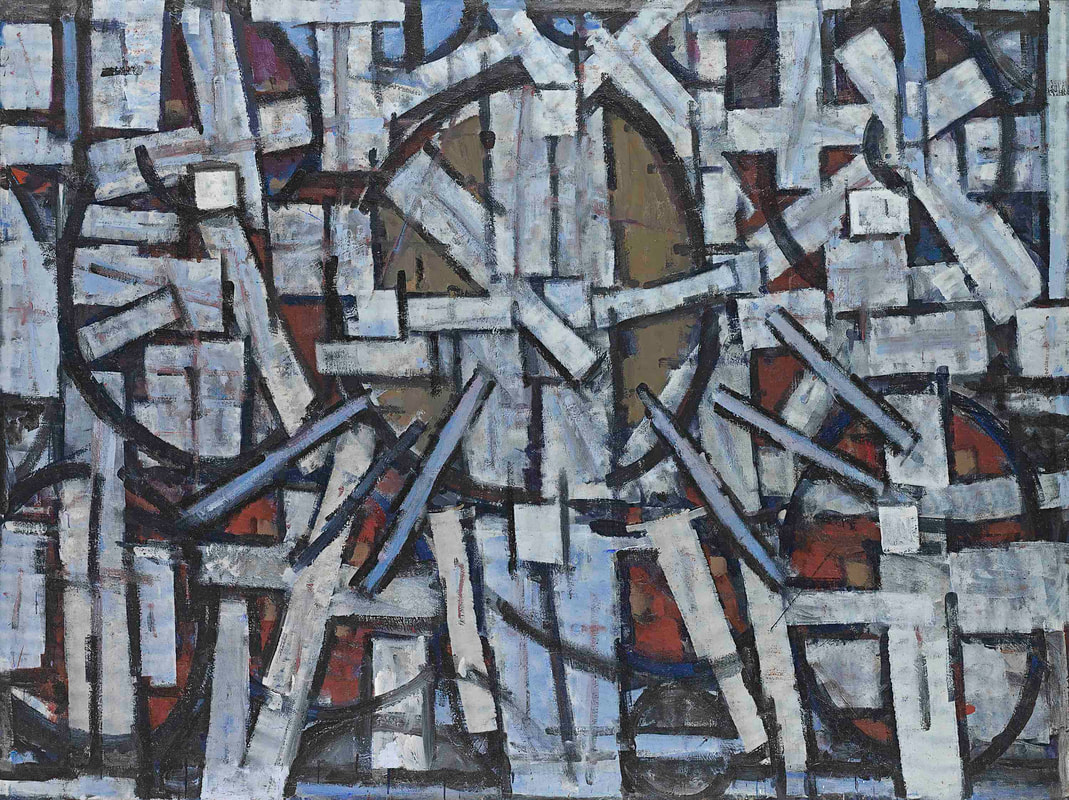
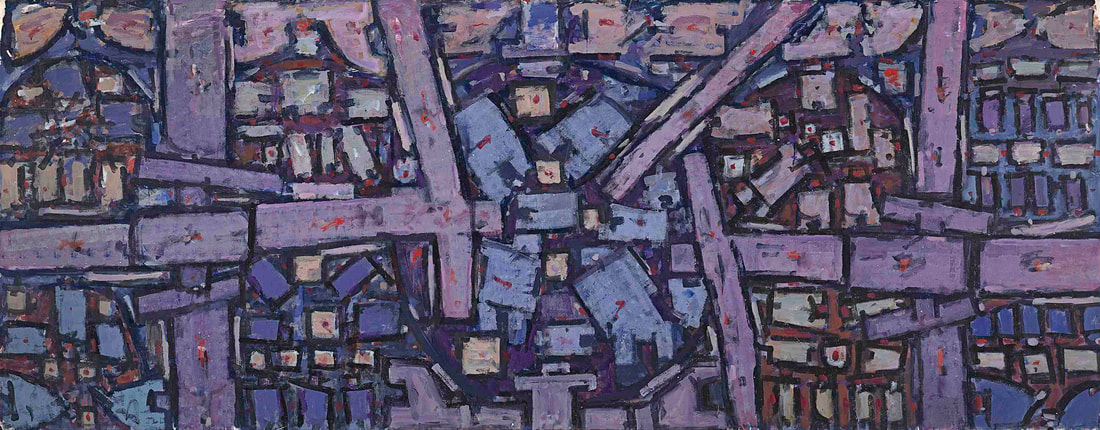
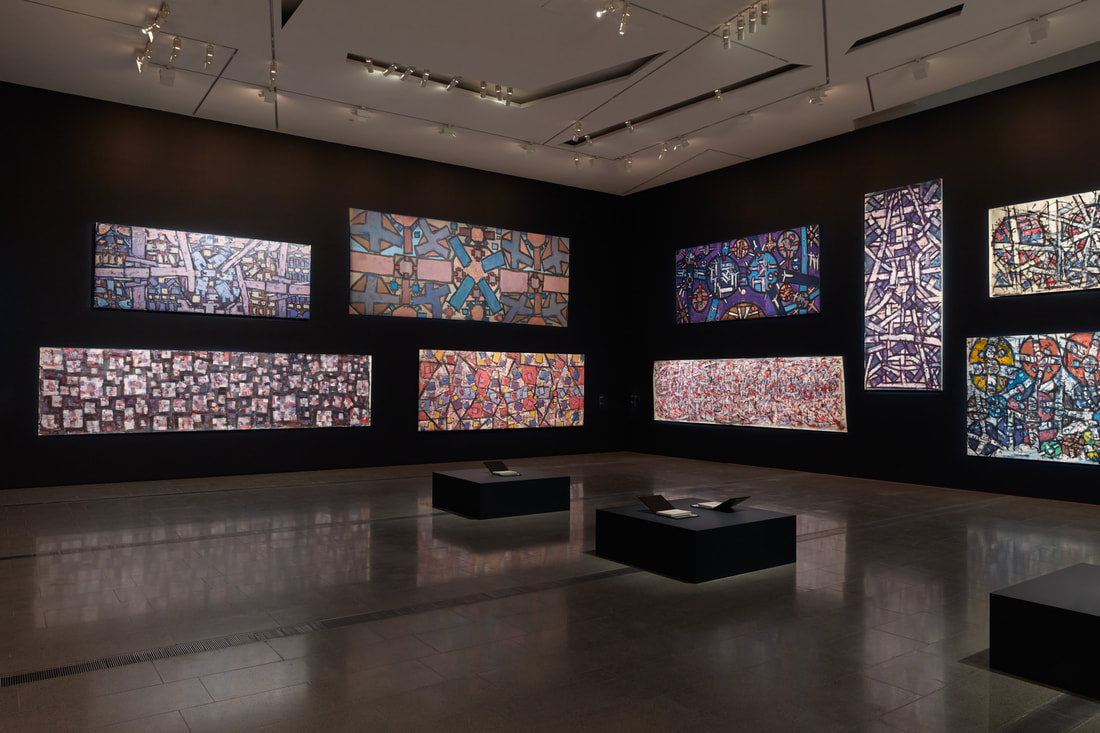
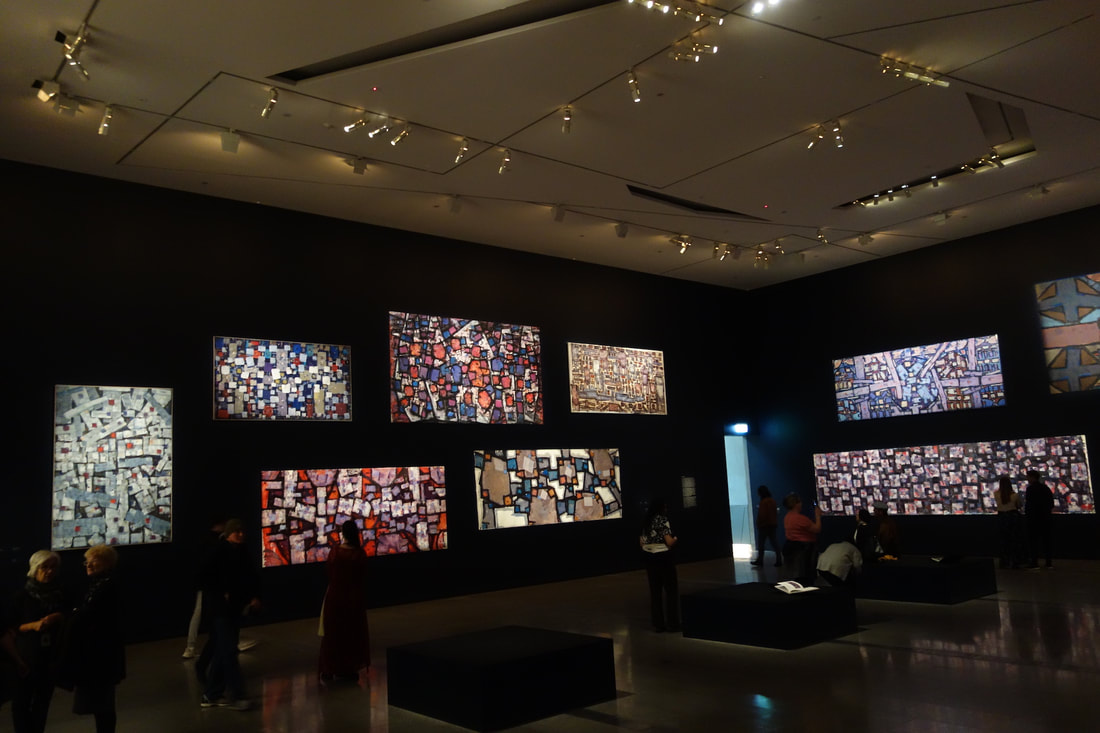
 RSS Feed
RSS Feed